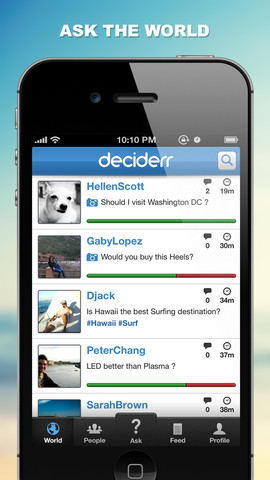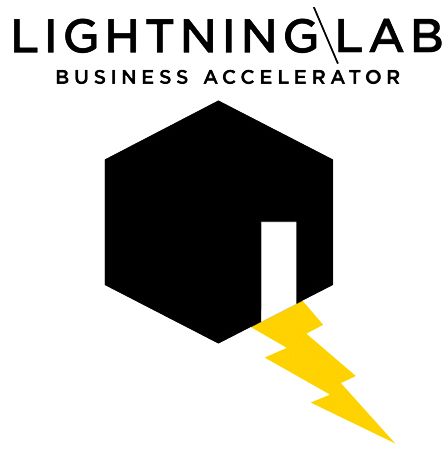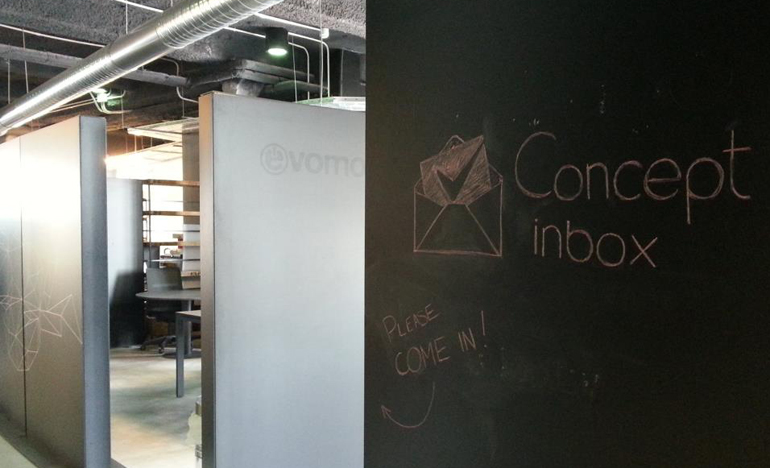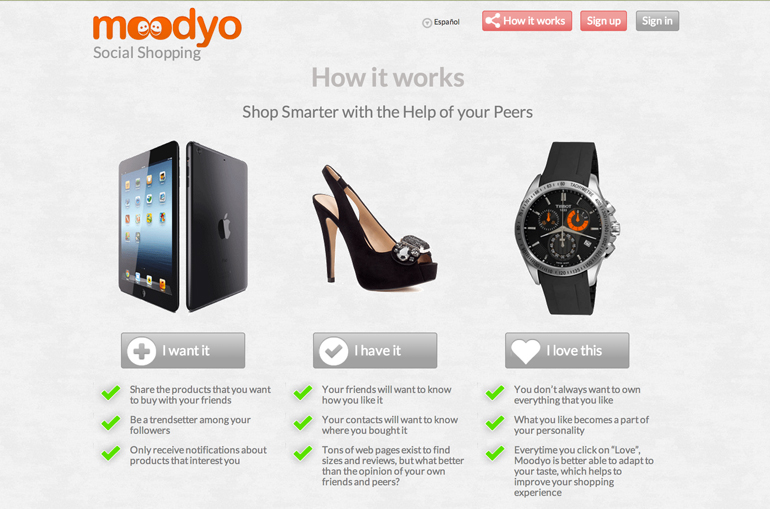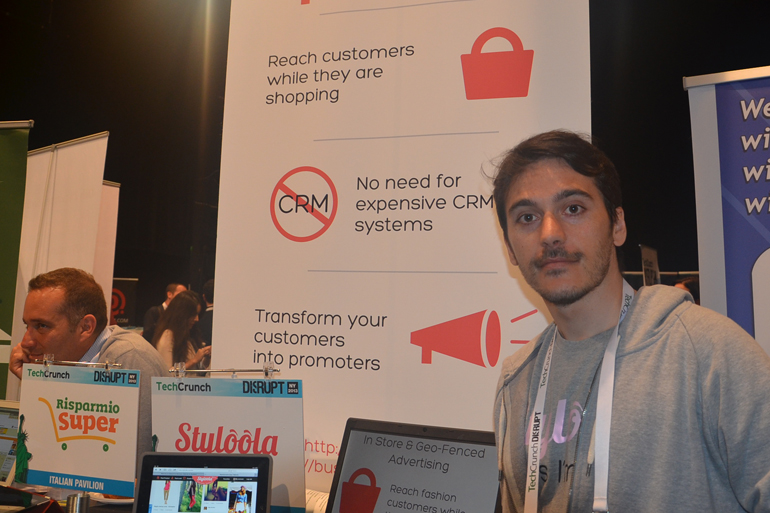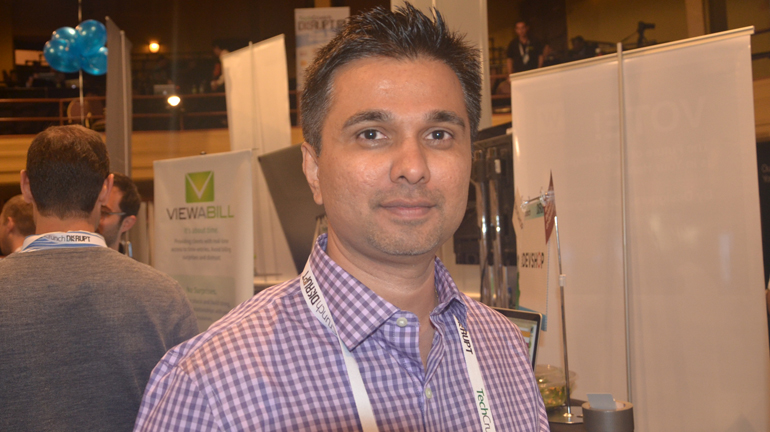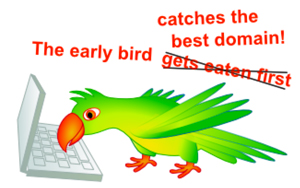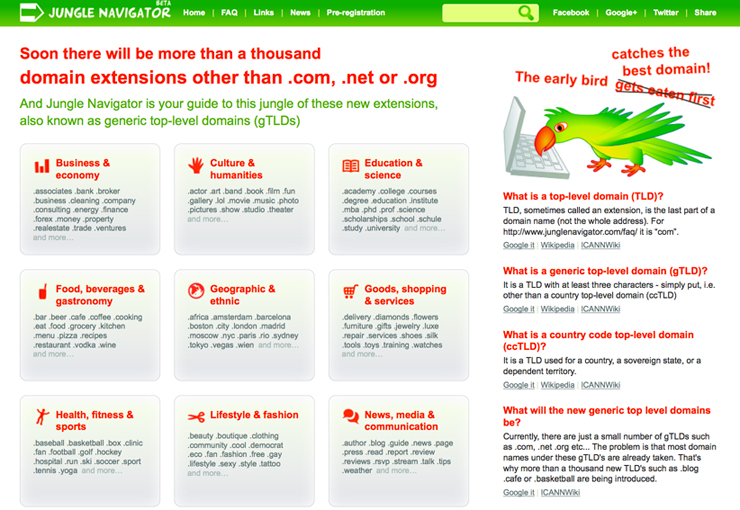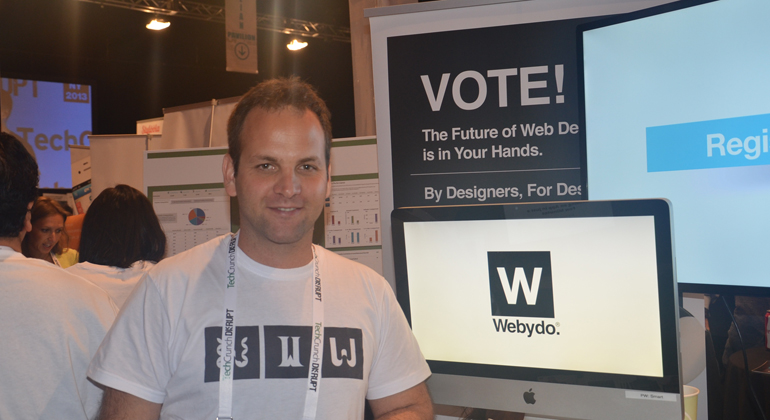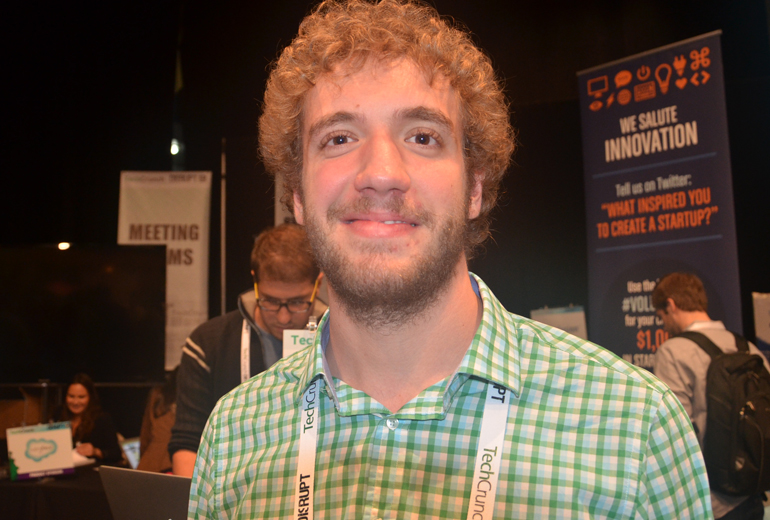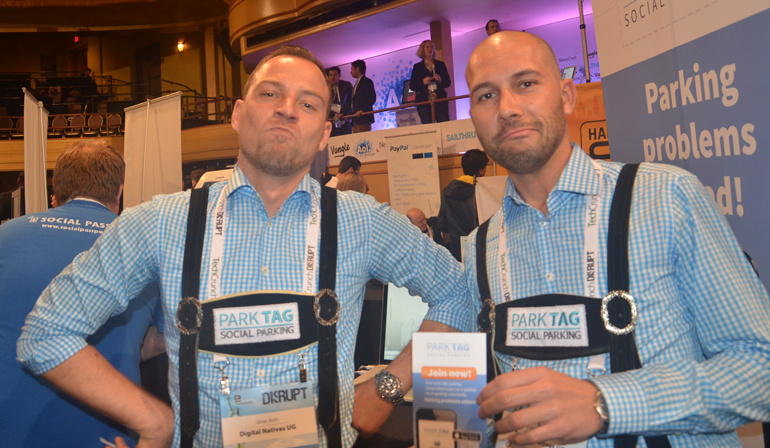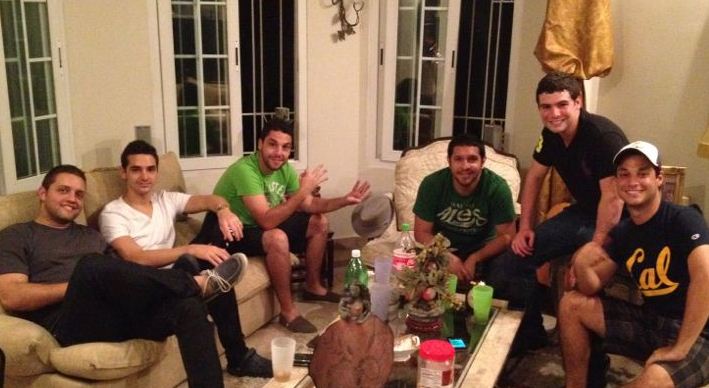 Question and answer platforms aren’t new by any stretch. One of the most popular Q&A startups, Formspring, is on it’s last leg. A former Cha-Cha employee has told us that their platform, while at one time a huge hit, may have missed the boat on mobile. Quora is still popular, but mostly among the tech enthusiast set.
Question and answer platforms aren’t new by any stretch. One of the most popular Q&A startups, Formspring, is on it’s last leg. A former Cha-Cha employee has told us that their platform, while at one time a huge hit, may have missed the boat on mobile. Quora is still popular, but mostly among the tech enthusiast set.
We recently interviewed Washington DC startup YoPine which is a great way for closed network polling. With them being situated in Washington DC it’s tough not to think they are destined to focus more on politics at some point.
Now, the general “ask everyone” question and answer format has a new platform in Panamanian startup Deciderr. With Deciderr users can ask anything their heart desires from “what color goes with mauve” to “are the Heat going to the NBA finals” and everything in between.
Since their iTunes debut in April the startup has amassed thousands of downloads and say their easy platform is taking off.
It seems that their strategy is do basic features well and people will flock to it since it’s so easy, and fun.
• Share your questions and follow the questions of your friends, family, and following;
• You can easily share your questions instantly on Facebook and Twitter;
• Make your questions better with uploaded pictures;
• Yes/No counters make tracking your question easy;
• You can comment on any question from anywhere in the world.
• You’ll receive instant notification when your question’s been answered.
“Just post the question and sit back; the answers you’re looking for will start rolling in just minutes after you’ve asked it.
Deciderr also creates a community that will help you make the right decision on the questions that matter to you, and you’ll receive the right answers.” co-founder Geoffrey Osorio told us in an interview.
Check out the rest of the interview with Osorio below:
It’s a quick, easy, and fun way to ask your friends, family, and anyone else around the world important questions that can be answered with a simple YES or NO.
Want someone’s feedback to your question or decision?
Just post the question and sit back; the answers you’re looking for will start rolling in just minutes after you’ve asked it.
Deciderr also creates a community that will help you make the right decision on the questions that matter to you, and you’ll receive the right answers.
Imagine the world deciding for you. Imagine the world giving you the right answer…
In layman’s terms, how does it work? (In other words how would you explain it to your grandmother)
Deciderr its an app that lets you answer short questions with a simple YES or NO from people all around the world.
Who are the founders and what are their backgrounds?
Geoffrey Osorio
22 years old
Currently studying Dentistry, Entrepreneur.Manuel Cabarcos
23 years old
Architect, Entrepreneur.Juan Carlos Noriega
27 years old
Lawyer, Event Producer, and Entrepreneur.Raul Noriega
30 years old
Lawyer, Journalist and Entrepreneur.Johan Guerra
27 years old
Electrical Engineer, Entrepreneur.Carlos Andres Davila
28 years old
Logistics, Construction and Risk Management.
Where are you based?
We are based in Panama City, Panama.
What’s the startup scene/culture like where you’re based?
Panama City, Panama is one of the hottest (real state investments) and cosmopolitan (tourism) cities in the word, but the technological startup scene is non existant, so we are looking to become pioneers and explote the scene.
How did you come up with the idea for Deciderr?
Each day we ask ourselves hundreds of questions about everything. We thought that it would be really interesting if you could get plenty of opinions about these daily questions, and at the same time, get some help and advice on making decisions. It’s a whole new branch in social networking, its a decision network.
Why now?
It’s evident that Social Networks are taking control of people thoughts, ideas and decisions, so if we want to impact the future generations, this is where we should start.
What problem does Deciderr solve?
We figured that life revolves about decisions, no matter how old you are or where you come from. Thus, the fact that this tool could help millions of people and companies around the world, get a better understanding of what they really wants, made us pursue this quest.
What’s your secret sauce?
In the era of misinformation, our secret sauce or competitive advantage relies on simplicity (YES/NO) and two important things. 1. You have to vote to see the results or trends without being bias, and 2. You can see who voted YES or N0
Are you bootstrapped or funded?
We are currently bootstrapped and looking for funding.
What are some milestones you’ve achieved?
The first milestone we achieved was on April 1st, 2013 when we launched on the App Store, two weeks later we reached our first goal that was set on 1,000 downloads.
What’s your next milestone?
Our next milestone is to reach 100,000 downloads, by then we will launch our Android platform.
Where can people find out more?
You can find us at our webpage www.deciderr.com, Follow us in our twitter @DECIDERR and like us in our Facebook page www.facebook.com/trydeciderr.
Now check out our interview with DC startup YoPine


